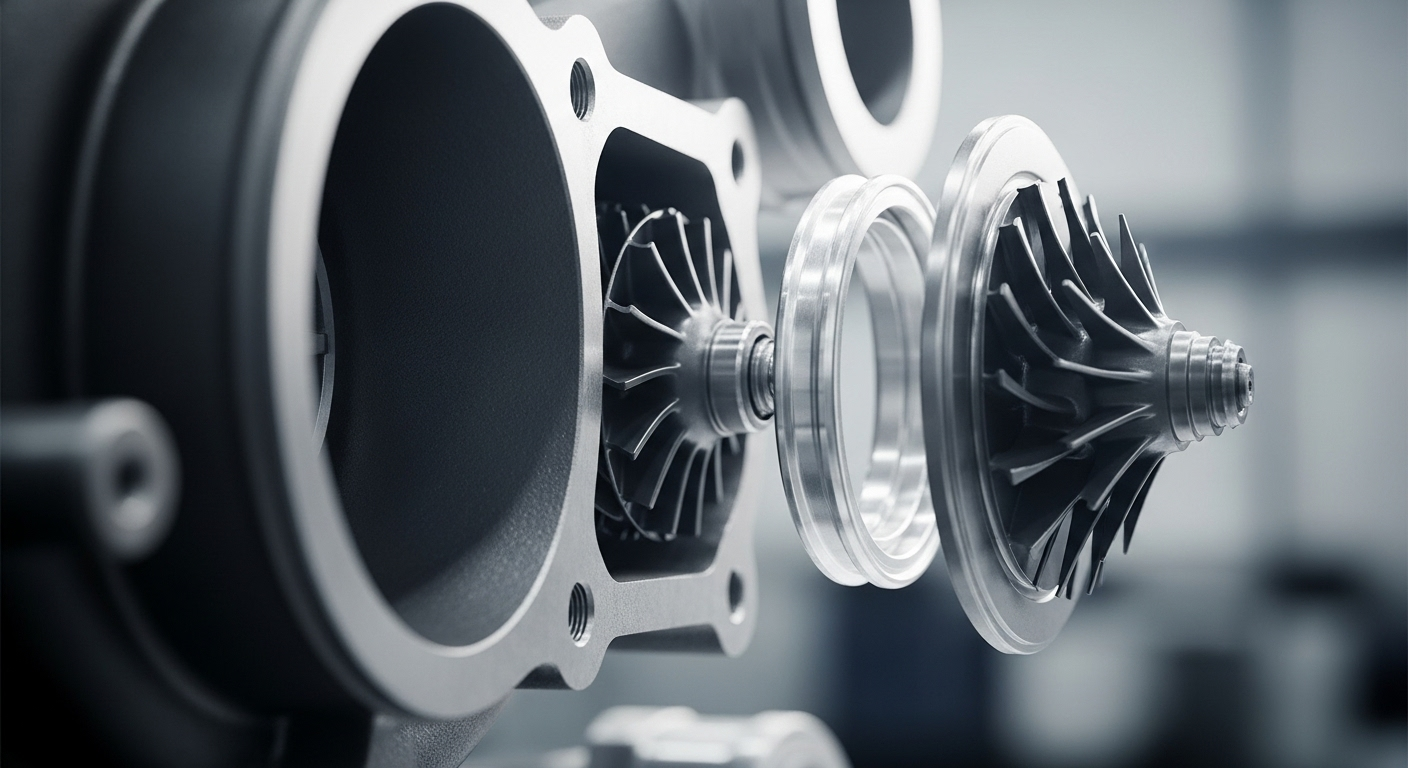Biomimicry in Automotive Design: Nature's Blueprint for Innovation
The fusion of nature's time-tested designs with cutting-edge automotive engineering is revolutionizing the way we conceptualize and build vehicles. Biomimicry, the practice of emulating nature's strategies to solve human challenges, has found a fertile ground in the automotive industry. From shark-inspired aerodynamics to gecko-like adhesives, nature's ingenuity is steering the future of car design. This article delves into the fascinating world of biomimicry in automotive engineering, exploring how designers and engineers are tapping into nature's 3.8 billion years of R&D to create more efficient, sustainable, and innovative vehicles.

Gecko-Inspired Adhesives: Sticking to Innovation
The remarkable ability of geckos to climb vertical surfaces and even walk upside down has captivated scientists and engineers alike. The secret lies in the millions of microscopic hairs on their feet that create a strong molecular attraction to surfaces. Automotive researchers are now developing gecko-inspired adhesives that could revolutionize manufacturing processes. These biomimetic adhesives could potentially replace traditional welding and chemical bonding in car assembly, leading to lighter, more easily recyclable vehicles. Moreover, such adhesives could find applications in creating removable parts for easier maintenance and customization.
Lotus Effect: Self-Cleaning Surfaces
The lotus plant’s ability to remain clean despite growing in muddy waters has inspired a range of self-cleaning technologies in the automotive world. The lotus leaf’s microscopic structure causes water to bead up and roll off, taking dirt particles with it. This principle, known as the Lotus Effect, is being applied to develop hydrophobic coatings for car exteriors. These coatings not only keep vehicles cleaner for longer but also have the potential to improve visibility in rainy conditions by causing water to quickly sheet off windshields and mirrors.
Honeycomb Structures: Nature’s Ultimate Support System
Honeycomb structures, found in beehives and plant stems, are renowned for their strength-to-weight ratio and energy-absorbing properties. Automotive engineers are incorporating honeycomb designs into various vehicle components, from crash-absorbing bumpers to lightweight yet rigid body panels. This biomimetic approach not only enhances safety but also contributes to overall weight reduction, improving fuel efficiency without compromising structural integrity. The versatility of honeycomb structures extends to interior design as well, offering innovative solutions for storage and acoustic management.
Bioluminescence: Lighting the Way Forward
The mesmerizing glow of fireflies and deep-sea creatures has inspired a new approach to automotive lighting. Bioluminescence, the production of light by living organisms, is being studied for its potential to create more energy-efficient and environmentally friendly lighting solutions for vehicles. Researchers are exploring ways to mimic the chemical reactions that produce light in nature, potentially leading to the development of headlights and interior lighting that require less energy and generate less heat than traditional systems. This biomimetic lighting could not only improve energy efficiency but also offer new design possibilities for creating unique and eye-catching vehicle aesthetics.
Termite Mound Ventilation: Climate Control Reimagined
The ingenious ventilation systems of termite mounds have caught the attention of automotive climate control engineers. These insect architects create complex structures that maintain a constant internal temperature despite extreme external conditions. By studying the airflow patterns in termite mounds, engineers are developing more efficient and natural climate control systems for vehicles. These biomimetic ventilation systems could reduce the energy demand of traditional air conditioning, improving fuel efficiency while maintaining passenger comfort.
Plant-Inspired Water Management
Plants have evolved sophisticated systems for collecting, distributing, and conserving water. Automotive engineers are drawing inspiration from these natural water management strategies to improve various aspects of vehicle design. For instance, the water-repelling properties of certain plant leaves are being mimicked to create more effective windshield wipers and water-channeling body surfaces. Additionally, the way plants transport water through their stems has inspired more efficient coolant systems that could enhance engine performance and longevity.
Conclusion: Driving Towards a Biomimetic Future
As we navigate the challenges of creating more sustainable, efficient, and innovative vehicles, biomimicry emerges as a powerful tool in the automotive designer’s toolkit. By tapping into nature’s vast repository of solutions, the automotive industry is not just improving existing technologies but reimagining the very foundations of vehicle design and engineering. From aerodynamics to materials science, nature’s blueprints are driving a new era of automotive innovation.
The journey of biomimicry in automotive design is just beginning. As our understanding of nature’s complex systems deepens, so too will our ability to translate these principles into groundbreaking automotive technologies. The future of mobility may well be written not in the labs and factories of the world, but in the forests, oceans, and skies that have been perfecting their designs for millions of years. As we continue to learn from nature, we move closer to creating vehicles that are not just machines, but harmonious extensions of the natural world.





